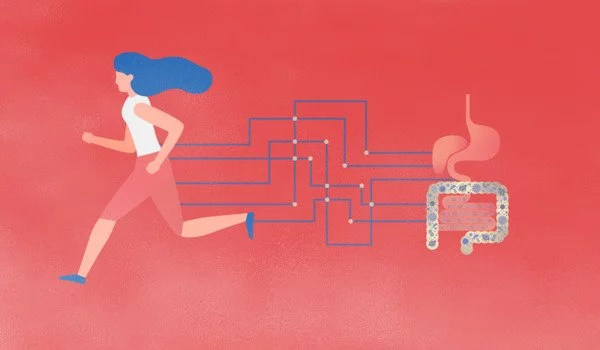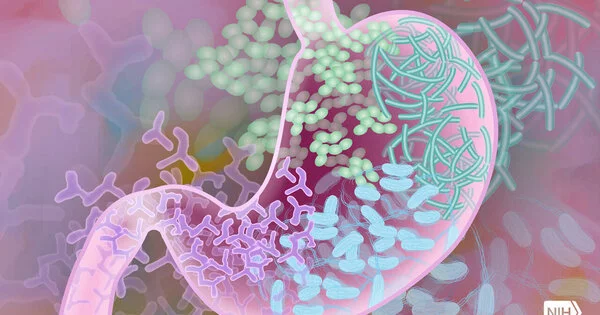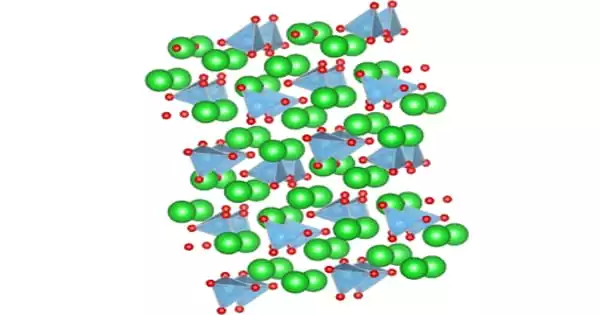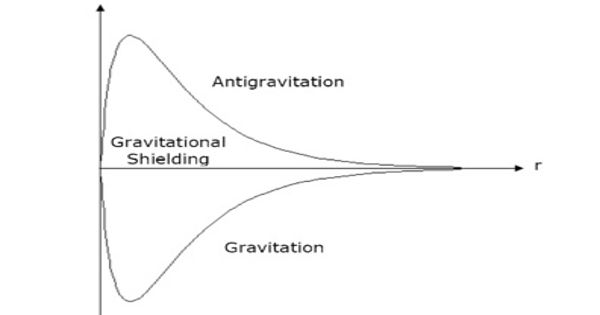Gut bacteria are an important part of the human gut microbiota ecosystem, which is colonized by 1014 microbes, ten times more than human cells. Gut bacteria are important in human health because they provide essential nutrients, synthesize vitamin K, aid in cellulose digestion, and promote angiogenesis and enteric nerve function.
According to a study in mice led by researchers at the Perelman School of Medicine at the University of Pennsylvania, some species of gut-dwelling bacteria activate nerves in the gut to promote the desire to exercise. The study, which was published in Nature, reveals the gut-to-brain pathway that explains why some bacteria improve exercise performance.
The researchers discovered that differences in running performance among a large group of lab mice were largely due to the presence of certain gut bacterial species in the higher-performing animals. The researchers linked this effect to the bacteria’s production of small molecules called metabolites, which stimulate sensory nerves in the gut and increase activity in a motivation-controlling brain region during exercise.
This gut-to-brain motivation pathway might have evolved to connect nutrient availability and the state of the gut bacterial population to the readiness to engage in prolonged physical activity.
J. Nicholas Betley
“If we can confirm the presence of a similar pathway in humans, it could offer an effective way to increase people’s levels of exercise in order to improve public health in general,” said study senior author Christoph Thaiss, Ph.D., an assistant professor of Microbiology at Penn Medicine.
Thaiss and colleagues designed the study to look for factors that influence exercise performance in general. They collected data on genetically diverse mice’s genome sequences, gut bacterial species, bloodstream metabolites, and other variables. They then measured the animals’ daily voluntary wheel running and endurance.
The researchers analyzed these data using machine learning, seeking attributes of the mice that could best explain the animals’ sizeable inter-individual differences in running performance. They were surprised to find that genetics seemed to account for only a small portion of these performance differences – whereas differences in gut bacterial populations appeared to be substantially more important. In fact, they observed that giving mice broad-spectrum antibiotics to get rid of their gut bacteria reduced the mice’s running performance by about half.

Ultimately, in a years-long process of scientific detective work involving more than a dozen separate laboratories at Penn and elsewhere, the researchers found that two bacterial species closely tied to better performance, Eubacterium rectale and Coprococcus eutactus, produce metabolites known as fatty acid amides (FAAs). The latter stimulates receptors called CB1 endocannabinoid receptors on gut-embedded sensory nerves, which connect to the brain via the spine. The stimulation of these CB1 receptor-studded nerves causes an increase in levels of the neurotransmitter dopamine during exercise, in a brain region called the ventral striatum.
The striatum is a critical node in the brain’s reward and motivation network. The researchers concluded that the extra dopamine in this region during exercise boosts performance by reinforcing the desire to exercise.
“This gut-to-brain motivation pathway might have evolved to connect nutrient availability and the state of the gut bacterial population to the readiness to engage in prolonged physical activity,” said study co-author, J. Nicholas Betley, Ph.D., an associate professor of Biology at the University of Pennsylvania’s School of Arts and Sciences. “This line of research could develop into a whole new branch of exercise physiology.”
The findings open up many new avenues of scientific investigation. For example, there was evidence from the experiments that the better-performing mice experienced a more intense “runner’s high” – measured in this case by a reduction in pain sensitivity – hinting that this well-known phenomenon is also at least partly controlled by gut bacteria. The team now plans further studies to confirm the existence of this gut-to-brain pathway in humans.
Apart from possibly offering cheap, safe, diet-based ways of getting ordinary people running and optimizing elite athletes’ performance, he added, the exploration of this pathway might also yield easier methods for modifying motivation and mood in settings such as addiction and depression.
















